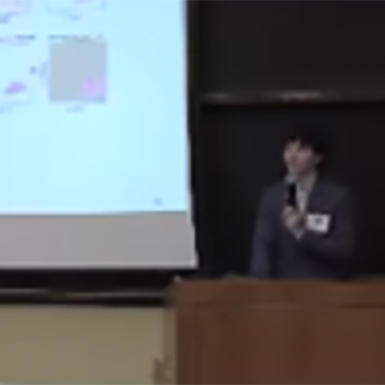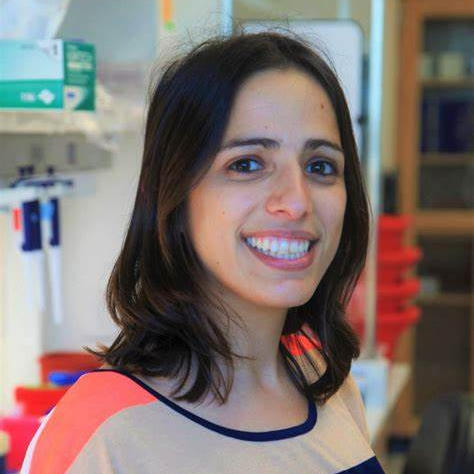Cancer Complexity Knowledge Portal
Datasets, publications, and other resources generated by CCBIR, as well as other DCB research programs supported by the DCB Multi -Consortia Coordinating Center, are available in the Cancer Complexity Knowledge Portal.
CCBIR Technology Showcase Videos
CCBIR 2024 Technology Showcase

Title: navigate: Advancing cancer biology with autonomous light-sheet microscopy
Speaker: Kevin Dean, Ph.D., UTSW
Additional information about the navigate software for light-sheet microscopy can be found in a BioRxiv study.

Title: Finite Difference Time Domain method and its application in biological nanosensing
Speaker: Yuanzhe (Patrick) Su, B.S., Northwestern University
Additional information about the Finite Difference Time Domain (FDTD) approach and how it can be used to spatially characterize chromatin packing can be found in a SPIE BIOS 2024 conference presentation.

Title: 3D reconstruction of human pancreatic precancers reveals novel microanatomical phenotypes
Speaker: Ashley Kiemen, Ph.D., Johns Hopkins University
Additional information about this 3D mapping approach and how it revealed insights into pancreatic precancerous lesions can be found in a Nature study.

Title: Cellular harmonics for the morphology-invariant analysis of molecular organization at the cell surface
Speaker: Hanieh Farsibaf, Ph.D., UTSW
Additional information about the cellular harmonics approach can be found in a Nature Computational Science study.

Title: Precise tissue component visualization using novel non-linear color deconvolution method packaged in imageJ
Speaker: Florin Selaru, Johns Hopkins University
Additional information about the nonlinear tissue-component discrimination (NLTD) method for computational pathology can be found in a Laboratory Investigation study.
CCBIR 2023 Technology Showcase

Title: Open-source optical detection and data processing modules for spectroscopic single-molecule localization microscopy (sSMLM)
Speaker: Hao Zhang, Ph.D., Northwestern University
The RainbowSTORM software for sSMLM data processing and reconstruction described in the talk is available on github.

Title: Optimizing dual-wedge prism-based spectroscopic single-molecule localization microscopy (sSMLM)
Speaker: Wei Hong Yeo, M.S., Northwestern University
Additional information about this physically informed simulation of dual-wedge prism-based sSMLM can be found in a Journal of Biomedical Optics study.

Title: In vivo 3D profiling of site-specific human cancer cell morphotypes in zebrafish
Speaker: Dagan Segal, Ph.D., UTSW
Additional information about this imaging approach and how it revealed mechanistic insights into the biology of a childhood cancer can be found in a Journal of Cell Biology study.

Title: Plasmonic metasurfaces for spectrochemical tissue imaging
Speaker: Samir Rosas, M.S., University of Wisconsin-Madison
Additional information about this method for the imaging of tissues to capture quantitative molecular maps can be found in an Advanced Materials study.